
Prayer plants, with their vibrant and colorful foliage, are a popular choice among houseplant enthusiasts. Known for their unique ability to fold their leaves at night, these plants are a delightful addition to any indoor garden. However, like all plants, prayer plants can face certain issues, with leaf curling being one of the most common problems. Understanding the causes of leaf curling and how to address them is crucial for maintaining the health and beauty of your prayer plants.
Understanding Leaf Curling in Prayer Plants
Leaf curling in prayer plants can be a sign of several underlying issues. These can range from environmental factors such as light, humidity, and temperature to more direct issues like watering practices and pest infestations. Identifying the root cause is the first step in restoring your plant’s health.
Common Causes of Leaf Curling
1. Inadequate Watering
One of the primary reasons for leaf curling in prayer plants is improper watering. Both overwatering and underwatering can lead to this issue. Prayer plants prefer consistently moist soil, but not soggy. Ensuring that your plant receives the right amount of water is essential.
2. Low Humidity
Prayer plants thrive in high humidity environments. Low indoor humidity can cause the edges of the leaves to curl as the plant struggles to retain moisture. To increase humidity, consider misting the leaves regularly or using a humidifier.
3. Temperature Fluctuations
Sudden changes in temperature or exposure to cold drafts can stress prayer plants, resulting in curled leaves. Keeping your plant in a stable, warm environment will help prevent this issue.
4. Light Conditions
While prayer plants need bright, indirect light to thrive, too much direct sunlight can scorch the leaves, causing them to curl. Make sure your plant is placed in a spot where it receives plenty of light without the harsh direct rays of the sun.
5. Pest Infestations
Insects like spider mites and aphids can cause damage to the leaves, leading to curling and other deformities. Regularly inspect your plant for signs of pests and treat them promptly with appropriate insecticides or natural remedies.
How to Fix Leaf Curling in Prayer Plants
1. Adjust Watering Practices
Check the soil moisture regularly and water your plant when the top inch of soil feels dry. Avoid letting the plant sit in standing water by ensuring the pot has proper drainage.
2. Increase Humidity
To enhance the humidity around your prayer plant, you can place a tray of water near the plant, group plants together, or use a pebble tray filled with water under the plant’s pot.
3. Maintain Consistent Temperatures
Place your prayer plant in a location where the temperature is consistent and free from cold drafts. Avoid placing it near windows or doors where temperature changes are frequent.
4. Optimize Light Exposure
Ensure your prayer plant receives bright, indirect light. If necessary, use sheer curtains to filter strong sunlight.
5. Manage Pests
If you notice any signs of pests, such as webbing or small insects, treat the plant with insecticidal soap or neem oil. Regularly cleaning the leaves with a damp cloth can also help keep pests at bay.
Conclusion
Caring for prayer plants requires attention to their specific needs, particularly when it comes to leaf curling issues. By understanding the potential causes and implementing the right solutions, you can ensure your prayer plants remain healthy and vibrant. With proper care, these plants will continue to be a stunning focal point in your home.
Prayer plants are popular for their vibrant foliage and ability to fold their leaves at night. Leaf curling in prayer plants can be caused by environmental factors, improper watering, and pests. Inadequate watering, low humidity, and temperature fluctuations are common causes of leaf curling. To fix leaf curling, adjust watering practices, increase humidity, and maintain consistent temperatures. Regularly inspect your prayer plant for pest infestations and treat them promptly. 
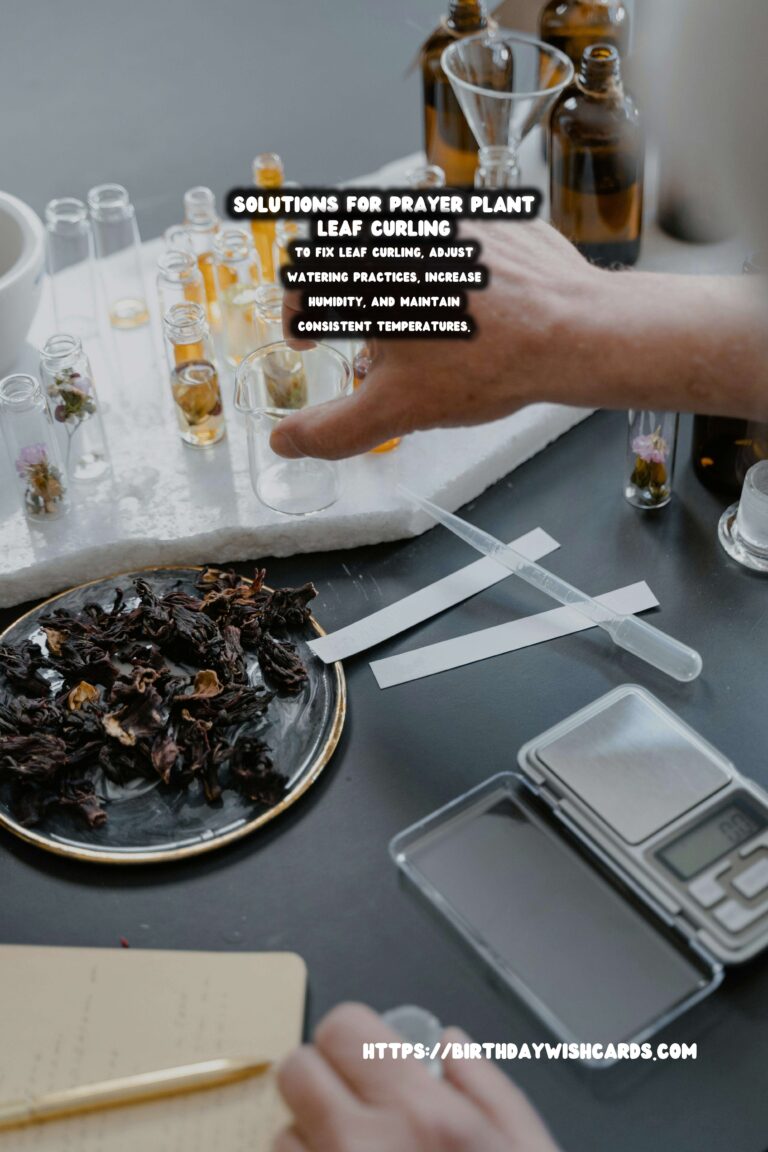

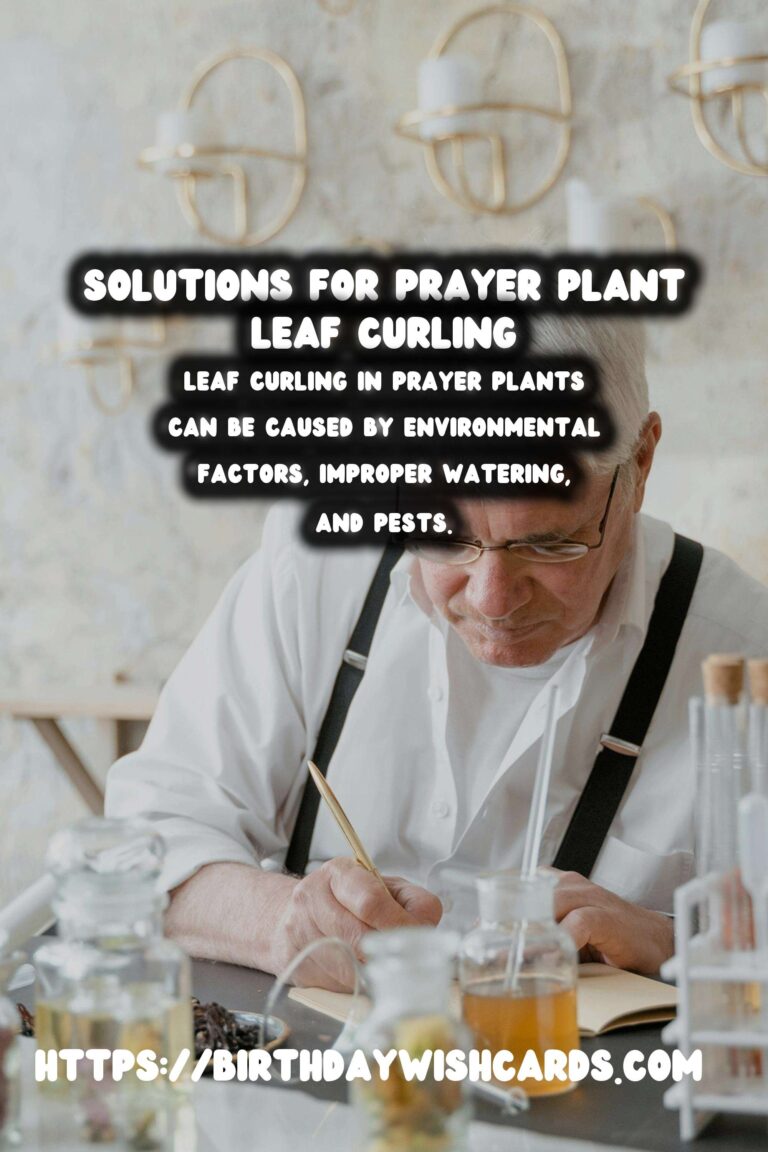
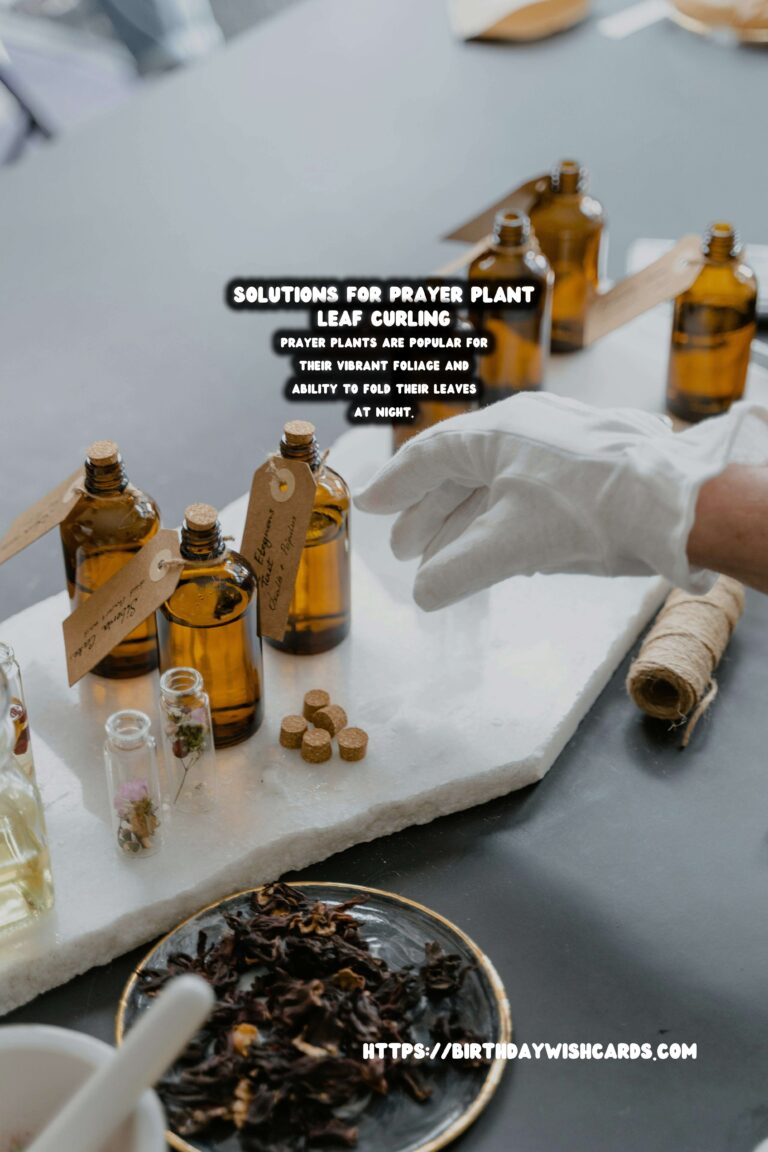
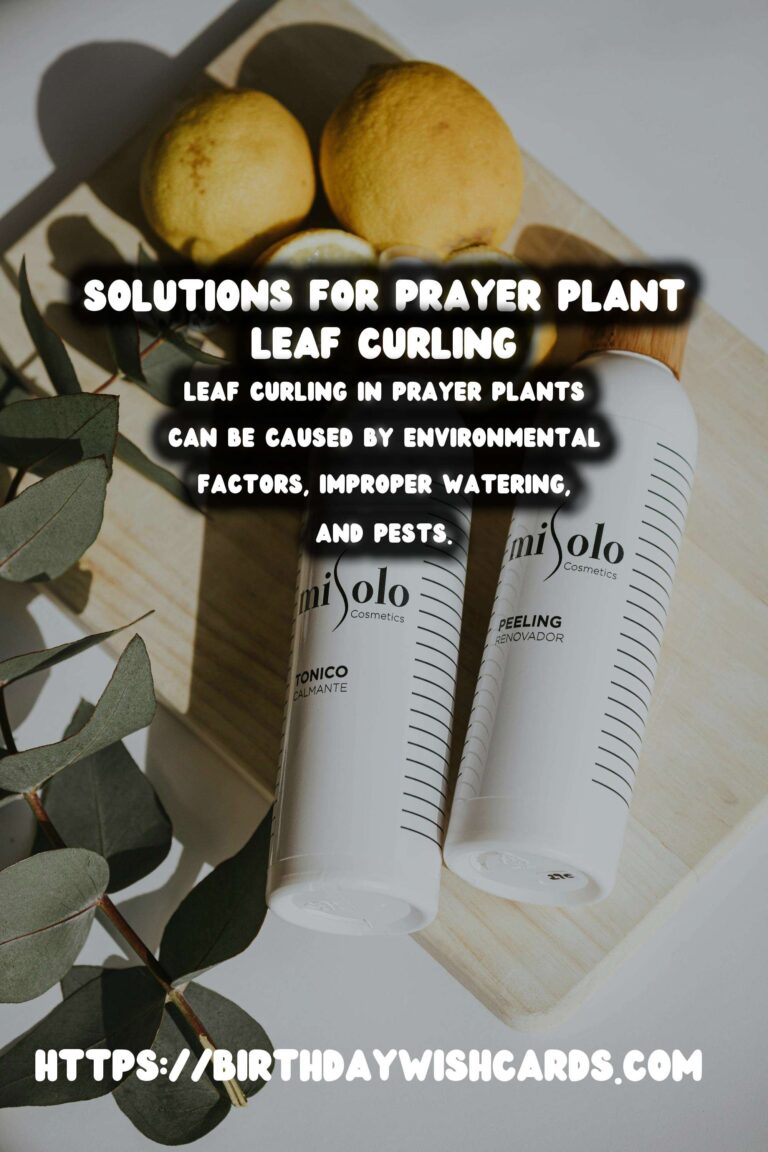

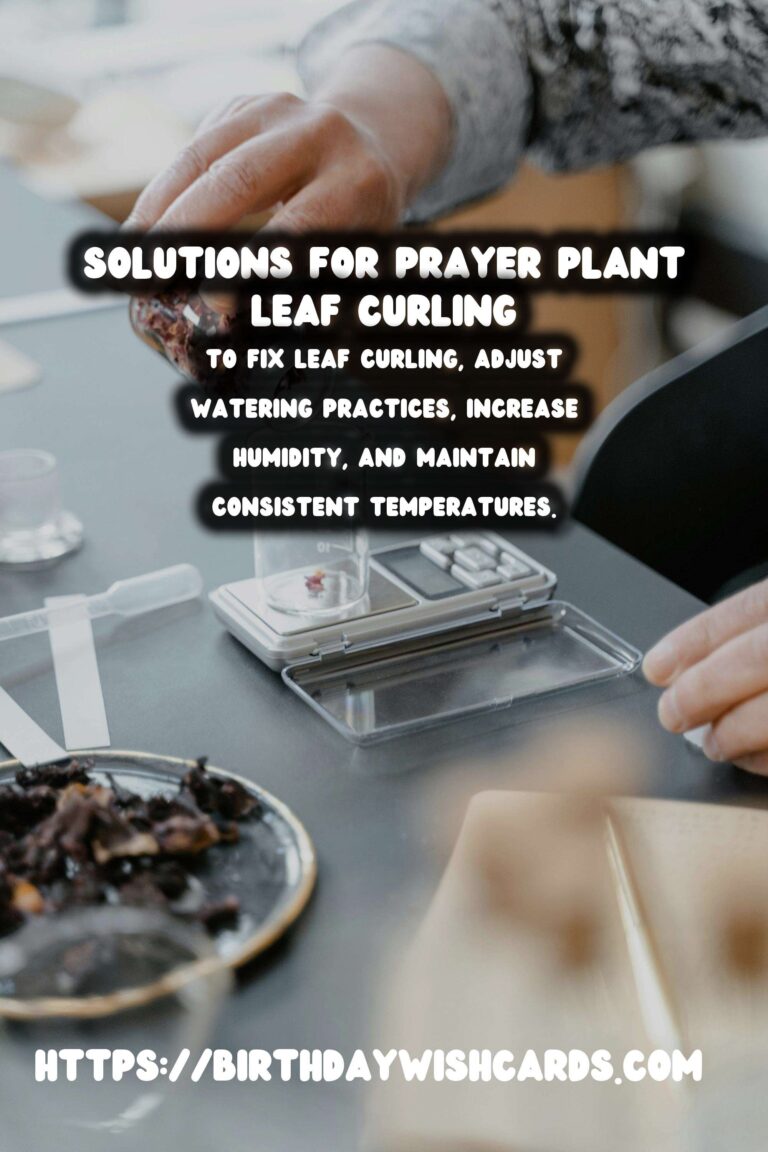
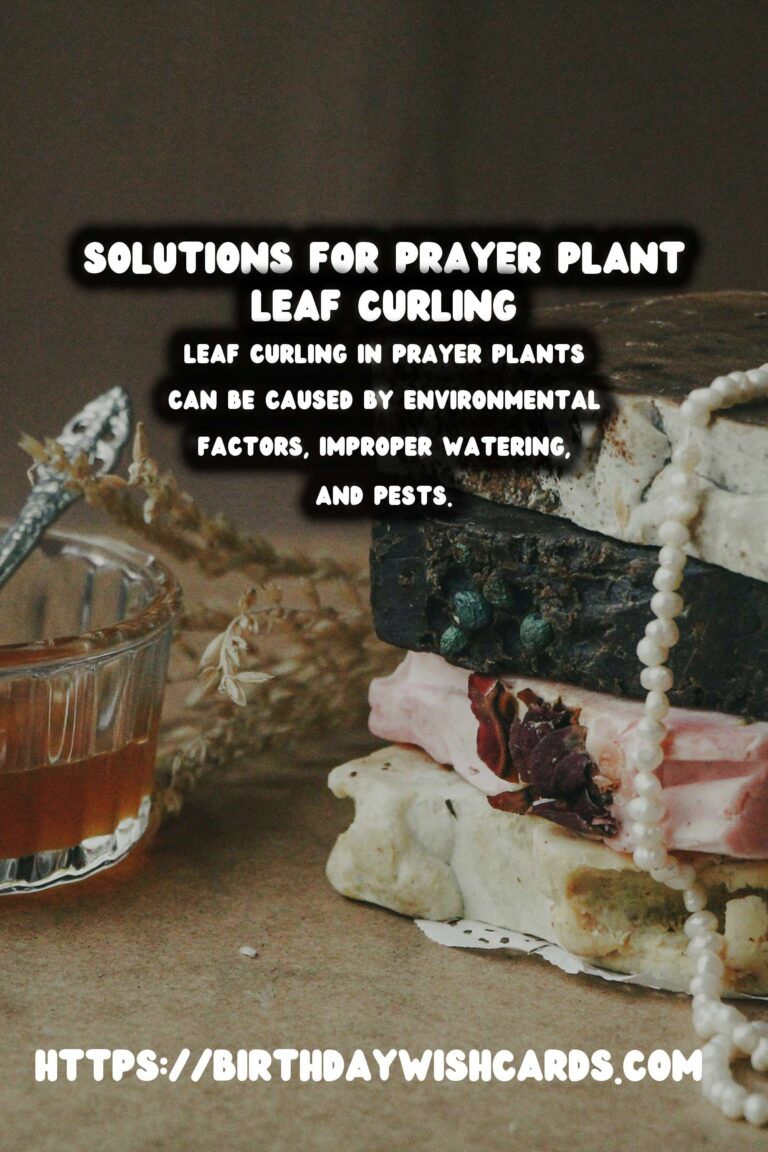

#PrayerPlants #PlantCare #LeafCurling #IndoorPlants #GardeningTips




